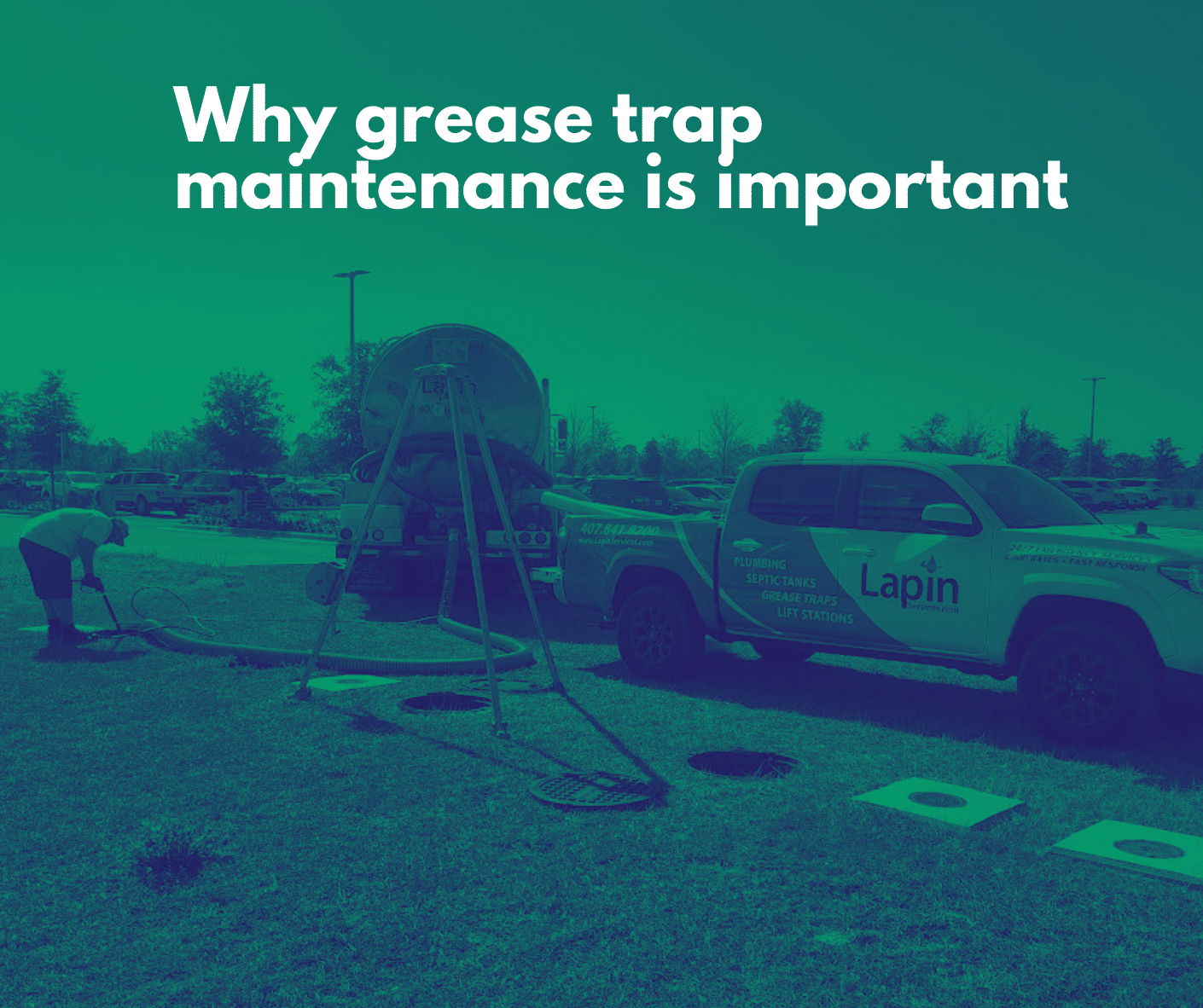Excitement About Stillwell Septic And Grading
Excitement About Stillwell Septic And Grading
Blog Article
Some Ideas on Stillwell Septic And Grading You Need To Know
Table of ContentsThe Only Guide for Stillwell Septic And GradingGetting My Stillwell Septic And Grading To WorkTop Guidelines Of Stillwell Septic And GradingStillwell Septic And Grading Fundamentals ExplainedIndicators on Stillwell Septic And Grading You Need To KnowStillwell Septic And Grading Fundamentals ExplainedThe Of Stillwell Septic And Grading

Homeowners ought to likewise enlighten themselves on the basics of septic tanks to guarantee they make notified choices throughout the installation procedure - Septic Tank Pumping. Septic systems are a crucial part of many homes that are not attached to a local drain system. They are made to treat and take care of household wastewater on-site
The septic tank is a large, underground container made of concrete, fiberglass, or plastic. The container divides the solid waste from the liquid waste.
Stillwell Septic And Grading for Beginners
Along with routine upkeep, property owners should additionally be mindful of what they flush down their drains. Items such as grease, oil, coffee grounds, and womanly hygiene items can obstruct the system and trigger backups. It is also vital to conserve water and avoid overwhelming the system. Straightforward procedures such as repairing dripping taps and toilets, setting up low-flow showerheads and toilets, and spreading out laundry tons can help lower water usage and prolong the life of the septic tank.
The topography of the site is likewise reviewed to make certain that the septic system is mounted at the correct altitude. https://stillwellsag.start.page. The system must be set up at a higher elevation than the surrounding area to stop contamination of the surrounding setting. Problems are the minimal distances required by regulation in between the septic tank and other structures or attributes such as wells, structures, and home lines
The altitudes will guarantee that the septic system works appropriately, and wastewater is effectively treated. It guarantees that the septic system is mounted in the most optimum place, taking into consideration the dirt, topography, and troubles.
Stillwell Septic And Grading Fundamentals Explained
Prior to mounting a septic tank, home owners need to obtain authorizations and conform with regulations. Some of the permits and regulations that property owners require to think about consist of:: Home owners require to obtain a permit from the regional health department or structure division prior to setting up a septic system.
For circumstances, some districts may require a minimum great deal size for septic system installation.: House owners require to follow environmental laws when installing a septic system. Some states may need an ecological impact assessment prior to setting up a septic system.: Property owners need to abide with building and construction policies when installing a septic system.
Stillwell Septic And Grading - Questions
Some towns might need regular inspections and pumping of the septic container. Non-compliance with permits and policies can lead to penalties, charges, and even lawful activity. As a result, it is critical for property owners to obtain authorizations and follow policies prior to installing a septic system. When it comes to picking a septic system, property owners have a couple of choices to consider.
One of one of the most important elements to consider when choosing a septic system is the size. A septic system that is as well little for the home's demands will certainly need more constant pumping, while a storage tank that is as well large can lead to excessive water buildup and prospective system failure. A basic general rule is that the tank should be able to hold a Get More Info minimum of 2 days' well worth of wastewater.
Not known Factual Statements About Stillwell Septic And Grading

It's additionally vital to take into consideration the kind of system the septic tank will be made use of with. There are two major kinds of septic systems: gravity and stress.
The Only Guide to Stillwell Septic And Grading
On the whole, picking the appropriate septic tank for a home is an essential decision that calls for careful consideration. Prior to setting up a septic container, house owners need to take certain steps to prepare for the installment procedure.
Right here are some necessary precaution to follow: Wear safety gear: House owners must use safety equipment, such as handwear covers, boots, and headgears, to stop injury throughout the installation process. Stay clear of electrical lines: House owners should prevent excavating near electrical lines to prevent electrocution. Usage care when operating hefty equipment: Property owners have to utilize care when operating heavy equipment to stop crashes and injuries.
What Does Stillwell Septic And Grading Mean?
By following these crucial steps, house owners can make certain a successful septic system installment procedure. Sewage-disposal tank installation is an important process that needs mindful planning and implementation. Homeowners who are installing a septic system for the very first time must be aware of the necessary actions associated with the procedure to ensure that their septic system functions successfully and efficiently.

Report this page